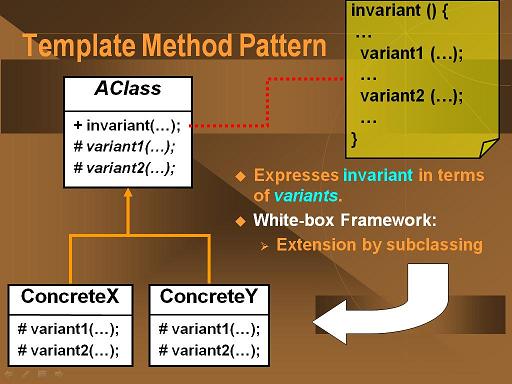| << Chapter < Page | Chapter >> Page > |

In order to create a sorter that can actually perform a sorting operation, we need to subclass the above
ASorter class and implement the abstract
split and
join methods. It should be noted that in general, the
split and
join methods form a matched pair. One can argue that it is possible to write a universal join methods (a merge operation) but it would be highly inefficent in most cases.
Tradionally, an in-place selection sort is performed by selecting the smallest (or largest) value in the array and placing it in the right-most location by either swapping it with the right-most element or by shifting all the in-between elements to the left. The selection and swapping/shifting process then repeated with the sub-array to the left of the newly placed element. This continues until only one element remains in the array. A selection sort is commonly used to do something like a sort group of people into ascending height.
Below is an animation of a traditional selection sort algorithm:
Traditional selection sort algorithm
In terms of the Merritt sorting paradigm, a selection sort can be broken down into a splitting process that is the same as the above selection process and a trivial join process. Looking at the above selection and swap/shift process, we see that it is describing a the splitting off of a single element, the smallest, from an array. The process repeats recursively until there is nothing more to split off. The sorting of a single element is a no-op, so after that the recursion rolls back out though the joining process. But the joining process is trivial, a no-op, because the elements are already in their corret positions. The beauty of Merritt's insight is the realize that by considering a no-op as an operational part of a process, all the different types of binary comparison-based sorting could be unified under a common framework.
Below is an animation of a Merritt selection sort algorithm:
Merritt selection sort process

Notification Switch
Would you like to follow the 'Principles of object-oriented programming' conversation and receive update notifications?